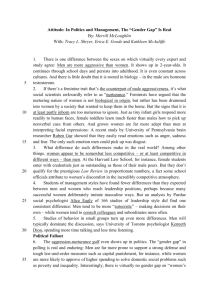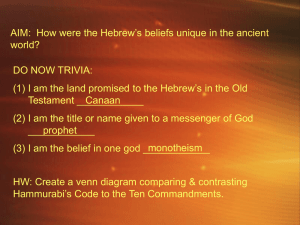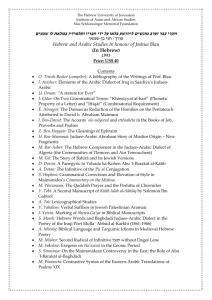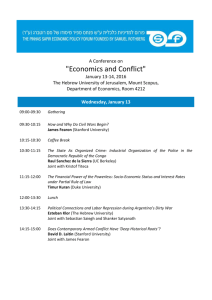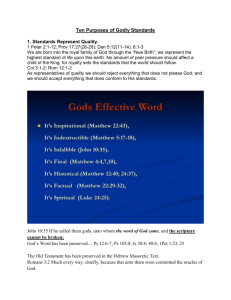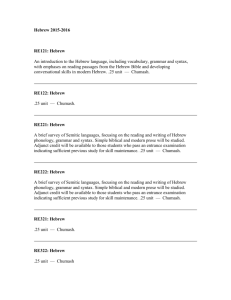Sign Posts in JP
advertisement
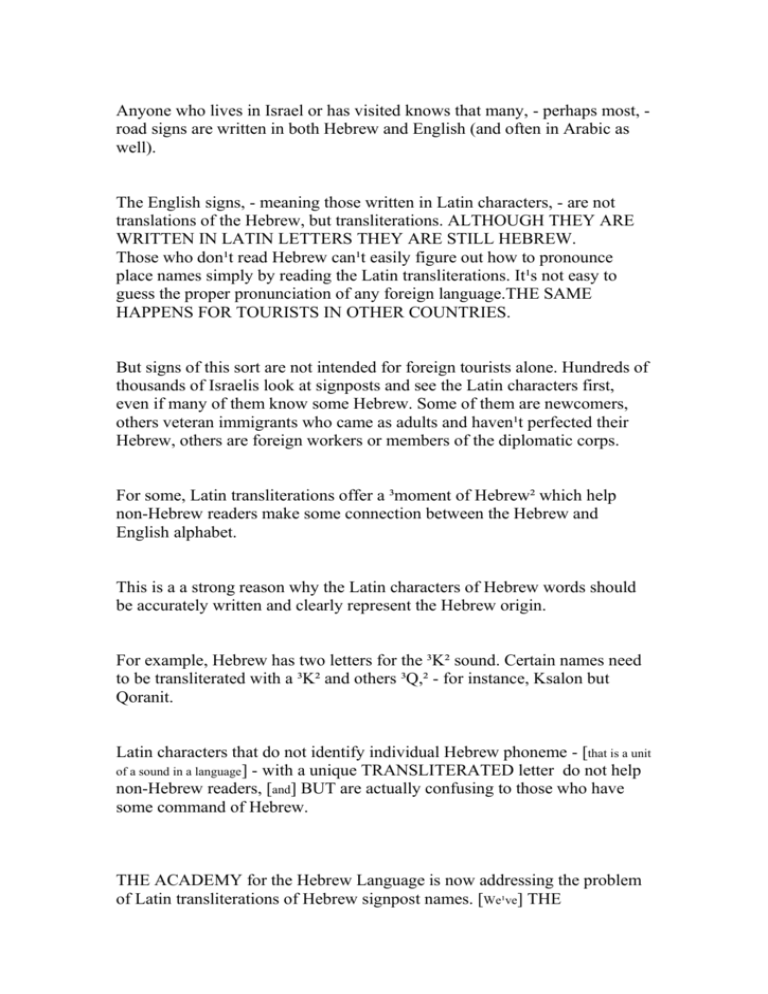
Anyone who lives in Israel or has visited knows that many, - perhaps most, road signs are written in both Hebrew and English (and often in Arabic as well). The English signs, - meaning those written in Latin characters, - are not translations of the Hebrew, but transliterations. ALTHOUGH THEY ARE WRITTEN IN LATIN LETTERS THEY ARE STILL HEBREW. Those who don¹t read Hebrew can¹t easily figure out how to pronounce place names simply by reading the Latin transliterations. It¹s not easy to guess the proper pronunciation of any foreign language.THE SAME HAPPENS FOR TOURISTS IN OTHER COUNTRIES. But signs of this sort are not intended for foreign tourists alone. Hundreds of thousands of Israelis look at signposts and see the Latin characters first, even if many of them know some Hebrew. Some of them are newcomers, others veteran immigrants who came as adults and haven¹t perfected their Hebrew, others are foreign workers or members of the diplomatic corps. For some, Latin transliterations offer a ³moment of Hebrew² which help non-Hebrew readers make some connection between the Hebrew and English alphabet. This is a a strong reason why the Latin characters of Hebrew words should be accurately written and clearly represent the Hebrew origin. For example, Hebrew has two letters for the ³K² sound. Certain names need to be transliterated with a ³K² and others ³Q,² - for instance, Ksalon but Qoranit. Latin characters that do not identify individual Hebrew phoneme - [that is a unit of a sound in a language] - with a unique TRANSLITERATED letter do not help non-Hebrew readers, [and] BUT are actually confusing to those who have some command of Hebrew. THE ACADEMY for the Hebrew Language is now addressing the problem of Latin transliterations of Hebrew signpost names. [We¹ve] THE ACADEMY HAVE been under a great deal of pressure to introduce a standard for converting Hebrew words into English. This pressure comes from those involved with tourism and transportation. [But] IT IS VERY STRANGE THAT the academy DOES NOT ADVOCATE [advocates instead] converting each Hebrew phoneme into separate and different Latin letter. Hebrew speakers know the difference between ain and aleph in writing, even though many people pronounce them identically. For a tourist the difference may be insignificant, but Israelis know the distinction is essential. [Similarly, in] IN preparing a conversion of Hebrew, EACH phoneme SHOULD GO into A separate Latin [letters] LETTER. [, the] THE Academy should ALSO separate between tav and teit. They obviously should be converted into distinct Latin [letter] LETTERS. Teit should be written with a dot under it, while tav should be a simple ³t². The main feature that the INTERNATIONAL Standard ORGANIZATION AND THE STANDARDS Institution of Israel [and its Conversion of Scripts office demands] DEMAND, is that it be possible to automatically reconstruct a converted text into the original script. That is the criteria we should uphold for our signposts. Another principle for transliteration into Latin is that each Hebrew phoneme should be converted into only one letter not a combination of letters. The solution should be as with most European languages , [transliterated] TRANLITERATION into English - employing a diacritic or accent mark such as small line under a letter, or small ³v² above a letter. There is a third point. ³G² and ³C² in English and many other languages have each two pronunciations. Still, both pronunciations are written with the same letter. Hebrew also has letters that have each two pronunciations. They are ³Bet², ³Pay², and [³Kuf²] 'KAPH' which sometime have the phonetic value of ³v,² ³f² and the Spanish ³x², respectively. Hebrew speakers know how to pronounce them properly. They are essential to Hebrew [writing, but] . THUS for signposts we suggest that a small line be added under the letter to show the [intended] ALTERNATE pronunciation. In the final analysis, no nation should distort the elements of its language just for the sake of making life easier for tourists , because greater issues are at stake. And we have every reason to expect that no tourist will get lost if our formulation for transliterations is adopted. = = = = = = = = The writer is a full member of the Academy for the Hebrew Language. He is a Professor Emeritus of the Hebrew University Hebrew Linguistics, and a Visiting Professor at the Faculty of Computer Science in the Technion. He was the convenor of the ISO committee of preparing the Standard for Convertion of Hebrew Characters into Latin Characters (TC46/259/3), as part of the ISO activities to prepare conversions for all languages that their national script is not Latin.


